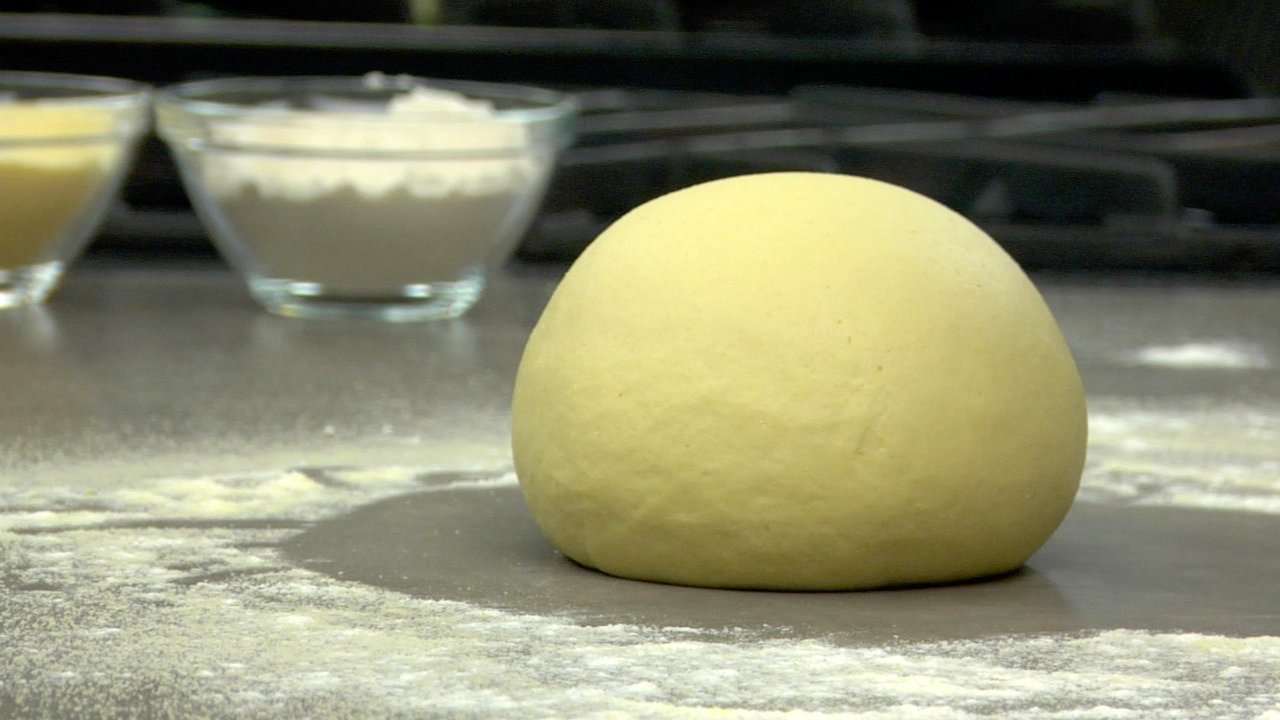Can pasta dough rest too long?
The resting period allows the flour to continue to hydrate, and the gluten network to relax. Most experts will tell you that if you tried to roll out your dough at this point, disaster would ensueyour dough would be too dry and too elastic to roll out.
Also Read: Is gluten-free pasta lower in carbs than regular pasta?
How do I know when my pasta dough is ready?
Tip out onto a work surface and knead by hand for about five minutes. The finished dough should be smooth and regular with the texture of modelling clay not too wet and not too dry. If in doubt, err on the sticky side you can always dust the dough with flour, but you can’t add extra water.

Do you have to let pasta dough dry before cooking?
When making fresh pasta, your dough should be firm but malleable enough to form into your chosen shape. However, you may find the dough to be stickier than you’d anticipated. This is a sign that your pasta needs to be dried before it goes into the pan. Drying your fresh pasta ensures that it keeps its shape.
How long can you let pasta dough rest?
Let the dough rest for at least 30 minutes at room temperature or up to overnight in the fridge this is an extremely important step, so don’t skip it! 4.
What happens if pasta dough rest too long?
The resting period allows the flour to continue to hydrate, and the gluten network to relax. Most experts will tell you that if you tried to roll out your dough at this point, disaster would ensueyour dough would be too dry and too elastic to roll out
How long can you rest pasta dough in the fridge?
2 days Drying Storing A fresh ball of dough can be made up to 2 days before shaping; just wrap it tightly in cling film and refrigerate. Fresh pasta that has been shaped can be tossed with a little flour, packaged in airtight plastic bags, and refrigerated for up to 2 days, or frozen for up to 4 weeks.
What should my pasta dough look like?
You’ll want to keep going until the dough no longer looks powderyit should have a smooth, elastic texture, similar to a firm ball of Play-Doh. If your dough feels wet and tacky, add more flour as necessary.
How long should dough sit for pasta?
30 minutes
Is pasta dough supposed to be sticky?
Depending on the grind of your semolina, the dough might be more or less smooth. But if it feels sticky, dust your dough and work surface with semolina flour and knead until smooth and firm. If the dough is even a bit too wet, it will stick when you run it through the pasta machine or roll it out.
What happens if you don’t let pasta dough rest?
The resting period allows the flour to continue to hydrate, and the gluten network to relax. Most experts will tell you that if you tried to roll out your dough at this point, disaster would ensueyour dough would be too dry and too elastic to roll out
Can you cook fresh pasta right away?
Once you’ve made your pasta, you can cook it right away, dry it, or freeze it for later. When you do cook it, remember that homemade pasta cooks much more quickly than the dried pasta you buy in stores.
How long can pasta sit before cooking?
Leave at room temperature until ready to use, up to 30 minutes, or refrigerate up to overnight.
Will pasta dough keep overnight?
The resting period allows the flour to continue to hydrate, and the gluten network to relax. Most experts will tell you that if you tried to roll out your dough at this point, disaster would ensueyour dough would be too dry and too elastic to roll out.
Can you rest pasta dough for too long?
The resting period allows the flour to continue to hydrate, and the gluten network to relax. Most experts will tell you that if you tried to roll out your dough at this point, disaster would ensueyour dough would be too dry and too elastic to roll out.
How long can I let pasta dough rest?
Let the dough rest for at least 30 minutes at room temperature or up to overnight in the fridge this is an extremely important step, so don’t skip it! 4.

What does letting pasta dough sit do?
Resting the dough During this time the water will be absorbed by the flour and the gluten strands will relax, giving a strong, pliable, roll-able dough. The higher the yolk content, the more it needs to rest. Pasta made only with yolks needs to rest for 6 hours.
ncG1vNJzZmidkam2r7PEsaeiqpWZe6S7zGiamqZdpa60wMBmm6itl516s7HSrWStp59iubC6xmg%3D